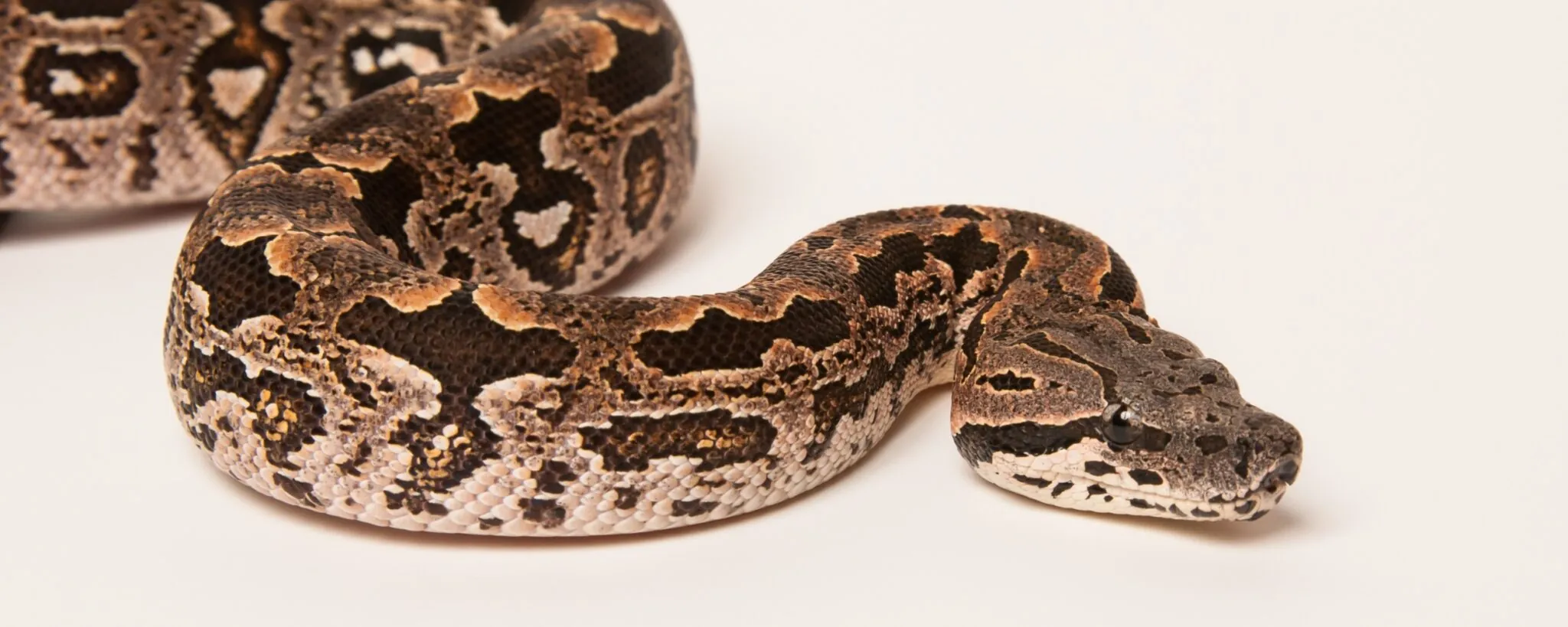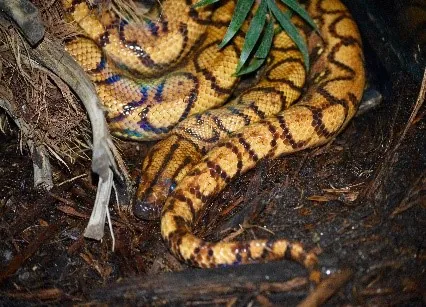-
Menu
- Plan Your Visit
- Meet The Animals
- Check Out Events
- Memberships
- About The Zoo
- Support the Zoo
- Conservation
- Education
- Groups & Private Events
- Zoo News
- Contact
- Zoo Store
- Indianapolis Prize
- Global Center for Species Survival
- Schedule
- Donate
- Membership
- Tickets

- Plan Your Visit
- Meet The Animals
- Check Out Events
- Memberships
- About The Zoo
- Support the Zoo
- Conservation
- Education
- Groups & Private Events
- Zoo News
- Contact
- Zoo Store
- Indianapolis Prize
- Global Center for Species Survival

Boas
About
Boas are a large family of snakes that come in different sizes, patterns and lifestyles on most continents around the world except Australia and Antarctica. The largest boa is the green anaconda from South America. Most boas have heat-sensing pits on their head, which are used to find prey. They are nonvenomous and usually are constrictors, which means they wrap their body around their prey—a small animal—and tighten their muscles, which suffocates the prey so it can be swallowed whole.
Most boas live in trees or on land and give birth to live young, though a few lay eggs. Some male boas compete for females by wrestling with one another until the strongest snake wins or the female makes her choice.

Conservation
Many snakes are threatened with extinction because they were overhunted by people or from habitat loss. Snakes play important roles in ecosystems by keeping rodent populations under control. Be aware of snakes in your local area and give them their space in the wild. Always do your research before adopting a snake as a pet to be sure you can meet its needs for its whole life.
WHERE ARE THEY AT THE ZOO?

Meet the Boas

Lives in forests of Jamaica. Size: 6 feet long and weigh up to 4 pounds. IUCN Red List status: Vulnerable because of exploitation and habitat loss

Lives in rain forests of Central and South America. Size: 7 feet long and weigh 3 pounds. IUCN Red List status: Least Concern
